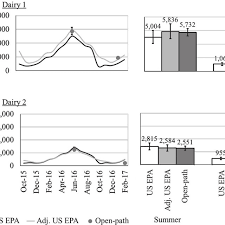EPA Method 5312
The atmosphere is a carrier on which some natural and anthropogenic organic and inorganic chemicals are transported, and the wet and dry deposition events are the most important processes that remove those chemicals, depositing it on soil and water. A wide variety of different collectors were tested to evaluate site-specificity, seasonality and daily variability of settleable particle concentrations. Deposition fluxes of POPs showed spatial and seasonal variations, diagnostic ratios of PAHs on deposited particles, allowed the discrimination between pyrolytic or petrogenic sources. Congener pattern analysis and bulk deposition fluxes in rural sites confirmed long-range atmospheric transport of PCDDs/Fs.
More and more sophisticated and newly designed deposition samplers have being used for characterization of deposited mercury, demonstrating the importance of rain scavenging and the relatively higher magnitude of Hg deposition from Chinese anthropogenic sources. Recently biological monitors demonstrated that PAH concentrations in lichens were comparable with concentrations measured in a conventional active sampler in an outdoor environment. In this review the authors explore the methodological approaches used for the assessment of atmospheric deposition, from the analysis of the sampling methods, the analytical procedures for chemical characterization of pollutants and the main results from the scientific literature.

There are no products listed under this category.